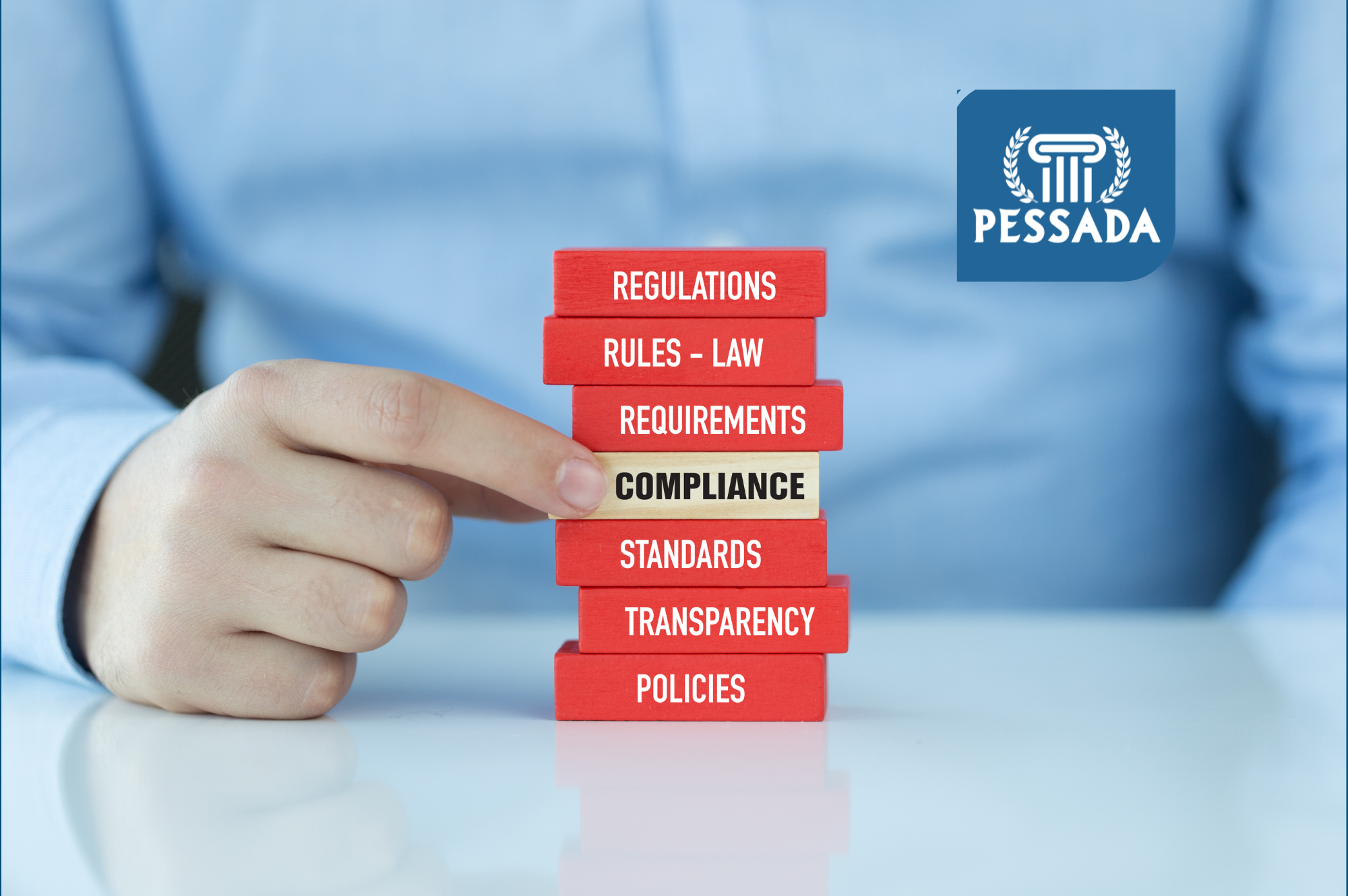Why Fixed Ops Is the Profit Engine Every Dealership Is Overlooking (and How to Maximize It)

In today’s automotive industry, many dealers are laser focused on vehicle sales, incentives, and front-end profits. But behind the scenes, there’s a quieter, more reliable engine powering successful dealerships and it’s not sitting on the showroom floor. It’s Fixed Ops.
Often underappreciated and overlooked, Fixed Operations (comprising service, parts, and collision repair) drive the majority of long-term dealership profitability. In a market increasingly influenced by margin compression, electric vehicle (EV) disruption, and shifting consumer behavior, fixed ops has emerged as the most sustainable profit center in automotive retail.
This article dives deep into why fixed ops is important, how to grow fixed operations revenue, and the best strategies dealerships can use to maximize their service drive revenue in 2025 and beyond.
🔧 What Is Fixed Ops in Automotive?
Fixed ops (short for fixed operations) refers to the non-sales side of a dealership — namely the service department, parts department, body shop, and warranty administration. These departments deliver consistent, recurring revenue after a vehicle is sold, compared to variable operations (sales), which are subject to market fluctuations.
According to NADA, fixed operations can represent over 50% of a dealership’s gross profit and often account for the majority of customer retention touchpoints post-sale【source: NADA Data 2024】.
💰 Why Fixed Ops Is the Key to Dealership Profitability
1. Recurring Revenue
Unlike car sales, which may fluctuate monthly, automotive service department profitability remains consistent. Oil changes, diagnostics, recalls, and warranty work all keep customers coming back — especially when combined with loyalty programs.
2. Higher Gross Margins
The parts and service department typically earns higher gross margins than vehicle sales. While front-end profits on new cars average 5-8%, service work can deliver 40%+ gross margins.
3. Customer Retention Engine
According to a study by Cox Automotive, customers who service their vehicles at the dealership are 2.5x more likely to buy their next car from that dealership【source: Cox Automotive】. Fixed ops is where relationships are built.
🚨 The Problem: Dealerships Are Still Overlooking Fixed Ops
Despite these advantages, many dealerships still prioritize sales over fixed operations. Why?
-
Visibility Bias: Salespeople get attention, rewards, and recognition.
-
Old-School Mentality: Sales-first thinking remains culturally dominant.
-
Underinvestment: Limited budgets for service tech, software, and training.
This misalignment results in underperforming service departments and missed revenue streams — especially as warranty work declines and EVs change the service landscape.
🚀 How to Grow Fixed Ops Revenue: 7 Proven Strategies
1. Multi-Point Inspections (MPIs) on Every Visit
Use MPIs to uncover safety issues and maintenance needs — and turn each RO into a revenue opportunity. Video MPIs can increase customer trust and approval rates.
2. Invest in Online Service Scheduling
Customers expect Amazon-level convenience. Offering mobile-first scheduling boosts appointment volume and reduces phone dependency.
3. Launch Service Loyalty Programs
Reward frequency with discounts or perks. Loyalty programs increase customer retention and average RO value.
4. Ethical Upselling Training for Advisors
Teach advisors to upsell based on value and safety, not pressure. This improves CSI scores and revenue per visit.
5. Use Text & Email Reminders
Send recall alerts, service due notices, and declined service follow-ups via SMS/email to capture lost revenue.
6. Modernize Your Waiting Area
Free Wi-Fi, coffee, and digital status updates improve the customer experience and increase Google reviews.
7. Partner with a Modern TPA
Working with a Third Party Administrator like Pessada ensures smooth warranty processing and faster claim approvals — optimizing service contract administration efficiency.
📊 KPIs Dealerships Must Track in Fixed Operations
To truly optimize your fixed operations strategy, start by reviewing performance on a weekly and monthly basis. Key KPIs include:
-
Service Absorption Rate (target 75%+)
-
Hours per RO (Repair Order)
-
Effective Labor Rate
-
Technician Productivity & Efficiency
-
Parts Gross Profit
Regular measurement uncovers bottlenecks, missed upsell opportunities, and staffing issues.
🧠 Why Is Fixed Ops Critical for Dealerships in 2025?
The automotive landscape is shifting fast:
-
EVs require less maintenance but more software support.
-
Margins on new cars are shrinking due to competition and inventory normalization.
-
Customer expectations for service transparency are growing.
Fixed ops is evolving from a background role to a strategic growth pillar. Dealerships that invest in training, tools, and transparency will dominate in a post-EV world.
⚙️ Best Technologies to Optimize Fixed Operations
Tech drives efficiency and customer experience. Top tools include:
-
DMS-integrated scheduling platforms
-
Video MPI systems
-
Digital service check-in kiosks
-
Inventory and parts automation
-
CRM tools for post-service follow-up and retention
Even simple tech (like text updates) can reduce no-shows and increase RO approvals.
🚫 Common Fixed Ops Mistakes That Hurt Profit
-
Ignoring declined services
-
Poor technician dispatching
-
No follow-up on no-shows
-
Undertrained service advisors
-
Weak warranty management processes
Each of these can lead to lost revenue, poor CSI scores, and attrition.
📚 Want to Learn More?
Visit the Pessada Education Center for more guides, training resources, and fixed ops best practices designed to boost dealership performance.
🏁 Conclusion: It’s Time to Prioritize Fixed Ops
In an industry dominated by competition, EV disruption, and shrinking margins, fixed operations offer stability, scalability, and long-term profit. Dealerships that shift focus to optimize service drive revenue and enhance the customer experience will not only survive — they’ll thrive.
Looking to take your dealership fixed ops to the next level? Visit our Education Center to access whitepapers, checklists, and training modules built by industry experts.


